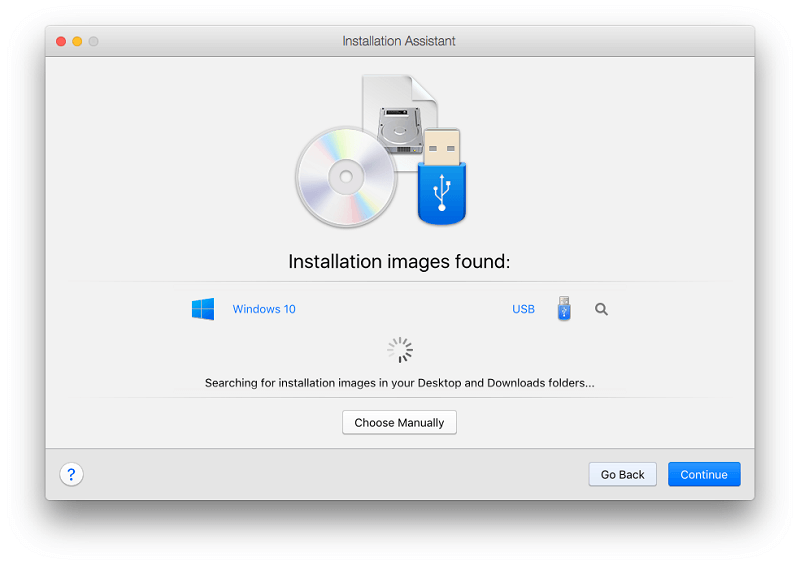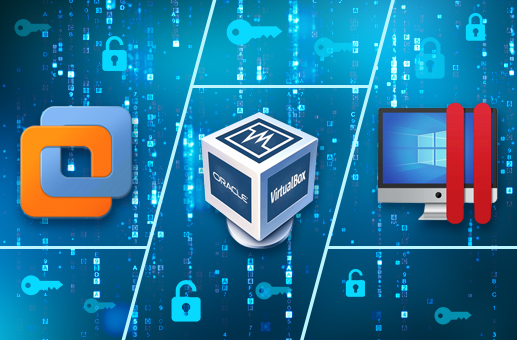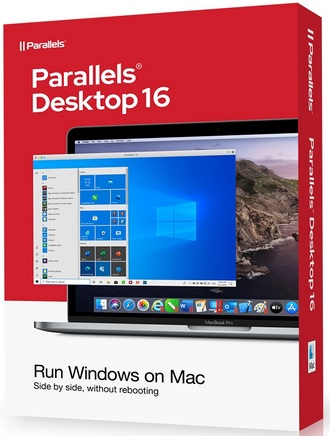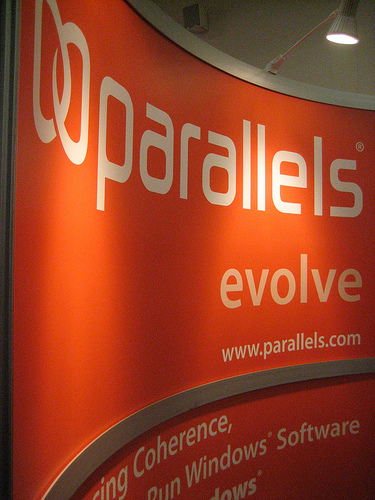

- #PARALLELS VERSUS VMWARE FOR MAC#
- #PARALLELS VERSUS VMWARE MAC OS X#
- #PARALLELS VERSUS VMWARE MAC OS#
Furthermore, we wanted to see some of the differences with different Mac models, multiple processors and 64-bit versions of Windows. The goal was to see how VMware Fusion and Parallels Desktop performed, covering both Windows XP and Windows 7. This time, we paid even more attention to 3D graphics and gaming. In this case, it was not just testing the Windows OS performance, but also commonly used Windows applications. In both cases, as with other MacTech benchmarks, we tested performance of the types of things that everyday users typically do. This is similar to the virtualization benchmarking project that MacTech undertook in the past. To tackle this problem, MacTech undertook a huge benchmarking project starting a couple months ago. Both VMware Fusion and Parallels Desktop also have the ability to run Windows applications even more transparently, but we’ll leave that for another discussion. For many, this may mean running Windows in a “window” on your Mac.
#PARALLELS VERSUS VMWARE FOR MAC#
With virtualization, like you’ll see in Parallels Desktop for Mac or in VMware Fusion, you can run Windows alongside the Mac OS, getting the best of both worlds. Of course, you may simply want to play a Windows game not available on the Mac. For example, your job may require you to run Internet Explorer, or Outlook, if that’s all that your corporate systems support. Virtualization gives “switchers” (those switching from Windows to Mac) comfort because they can use their old applications, more easily get to old data, and in many cases, it allows them to use some critical piece of software not available on the Mac. For that reason, MacTech recommends a virtualization product for most users. In addition, you can only use one OS at a time.
#PARALLELS VERSUS VMWARE MAC OS#
With Apple’s Boot Camp, you can run Windows natively, but you have to reboot every time you want to switch between Mac OS and Windows. You may already understand your options for running Windows on a Mac, but in case you don’t, your first choice is to decide between Apple’s Boot Camp, and a virtualization product like VMware Fusion, or Parallels Desktop for Mac. This includes not only your everyday Windows XP, but also other Windows OSes, including 64-bit versions, and a wide variety of Linux and other OSes.
#PARALLELS VERSUS VMWARE MAC OS X#
This introduced some interesting opportunities for the Mac, including the ability to run operating systems other than Mac OS X on a Mac.

How do VMware Fusion 3 and Parallels Desktop 5 for Mac compare?īy Neil Ticktin, Editor-in-Chief/PublisherĪ few years back, Apple switched the Mac platform from PowerPC to Intel processors.


So which virtualization product do you go with? Which solution is faster? Should you run Windows XP or 7? 32-bit or 64-bit? One virtual processor or more? In short, there are different answers for different people: it all depends on your needs.


 0 kommentar(er)
0 kommentar(er)
